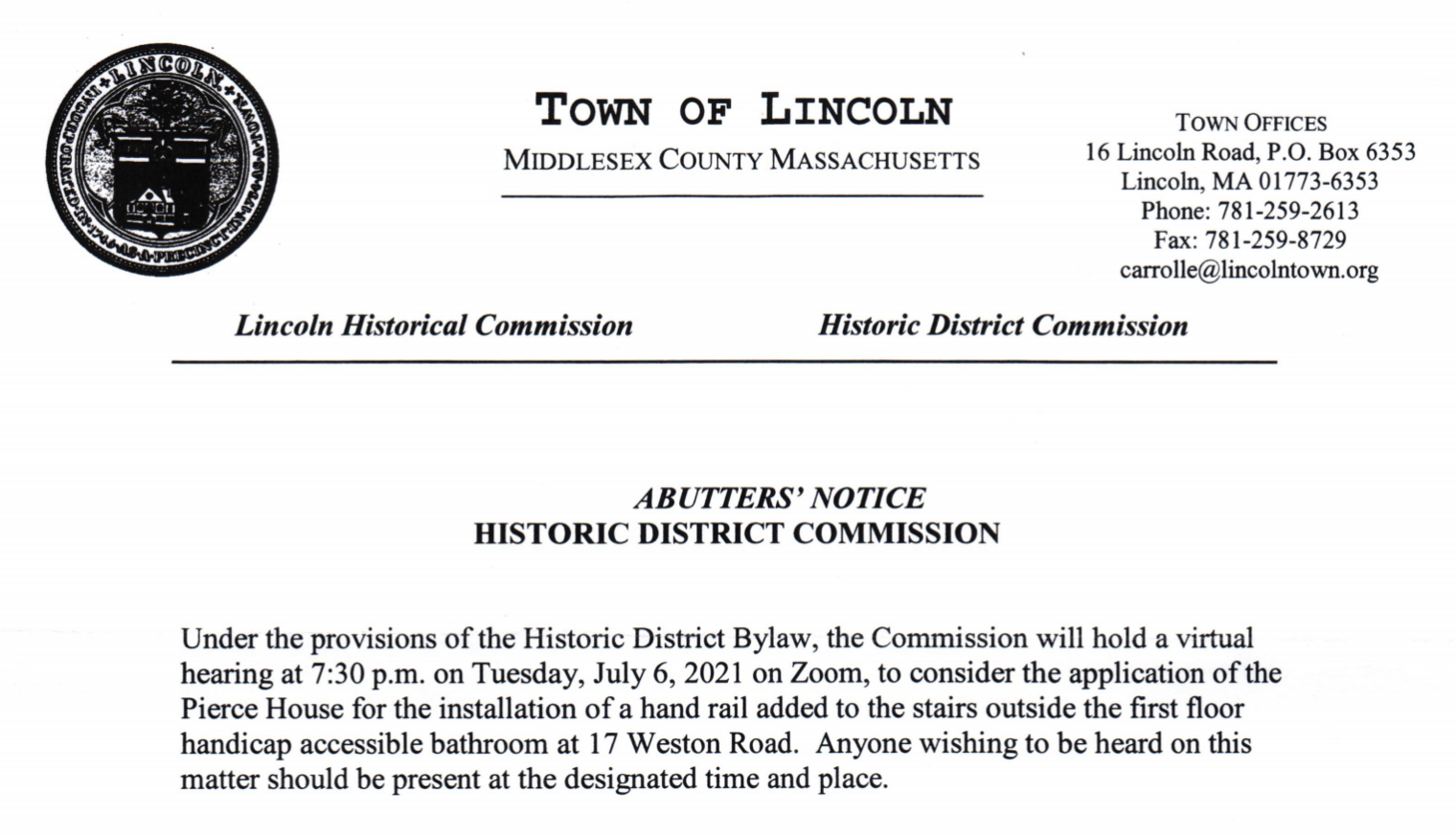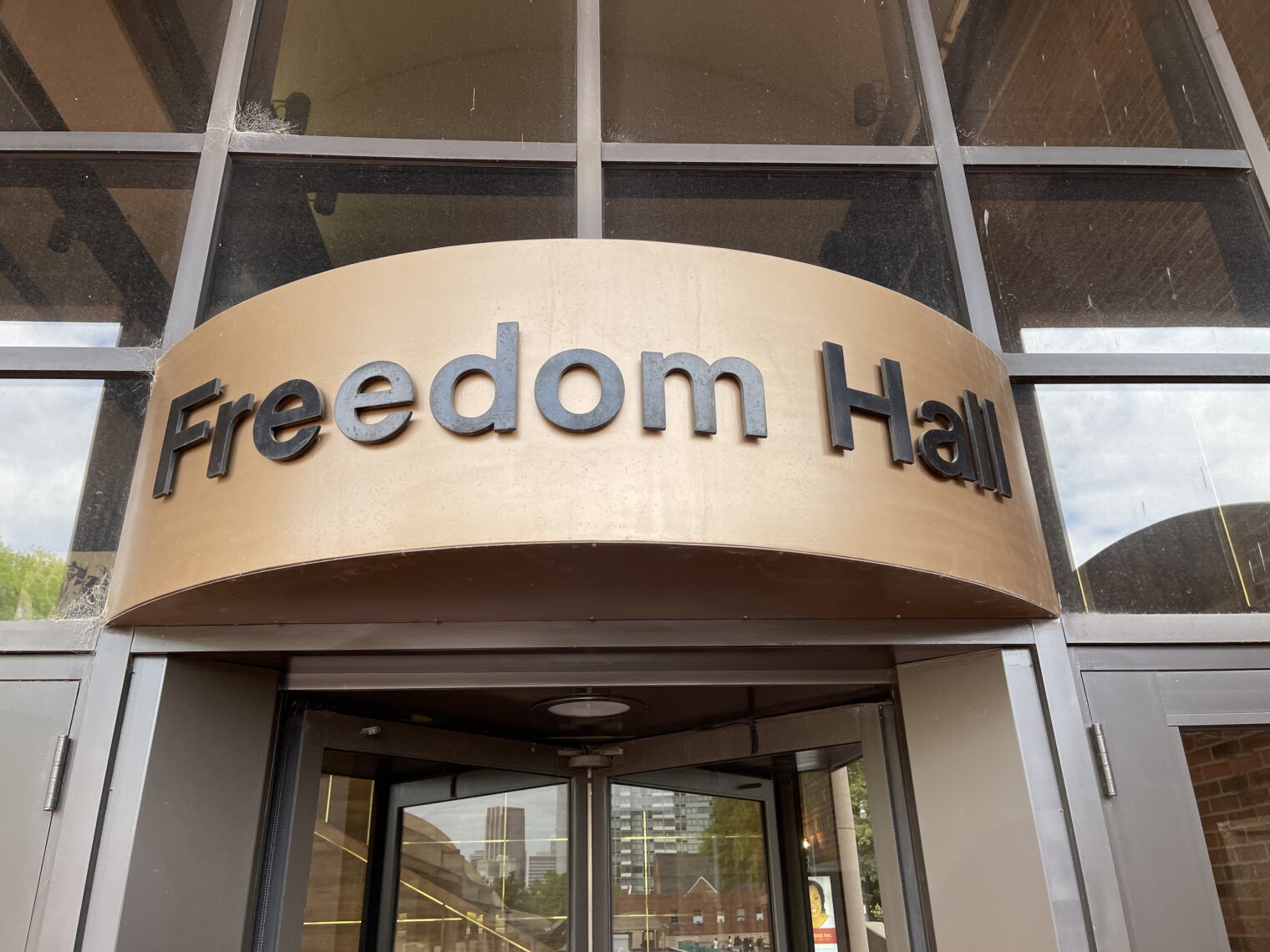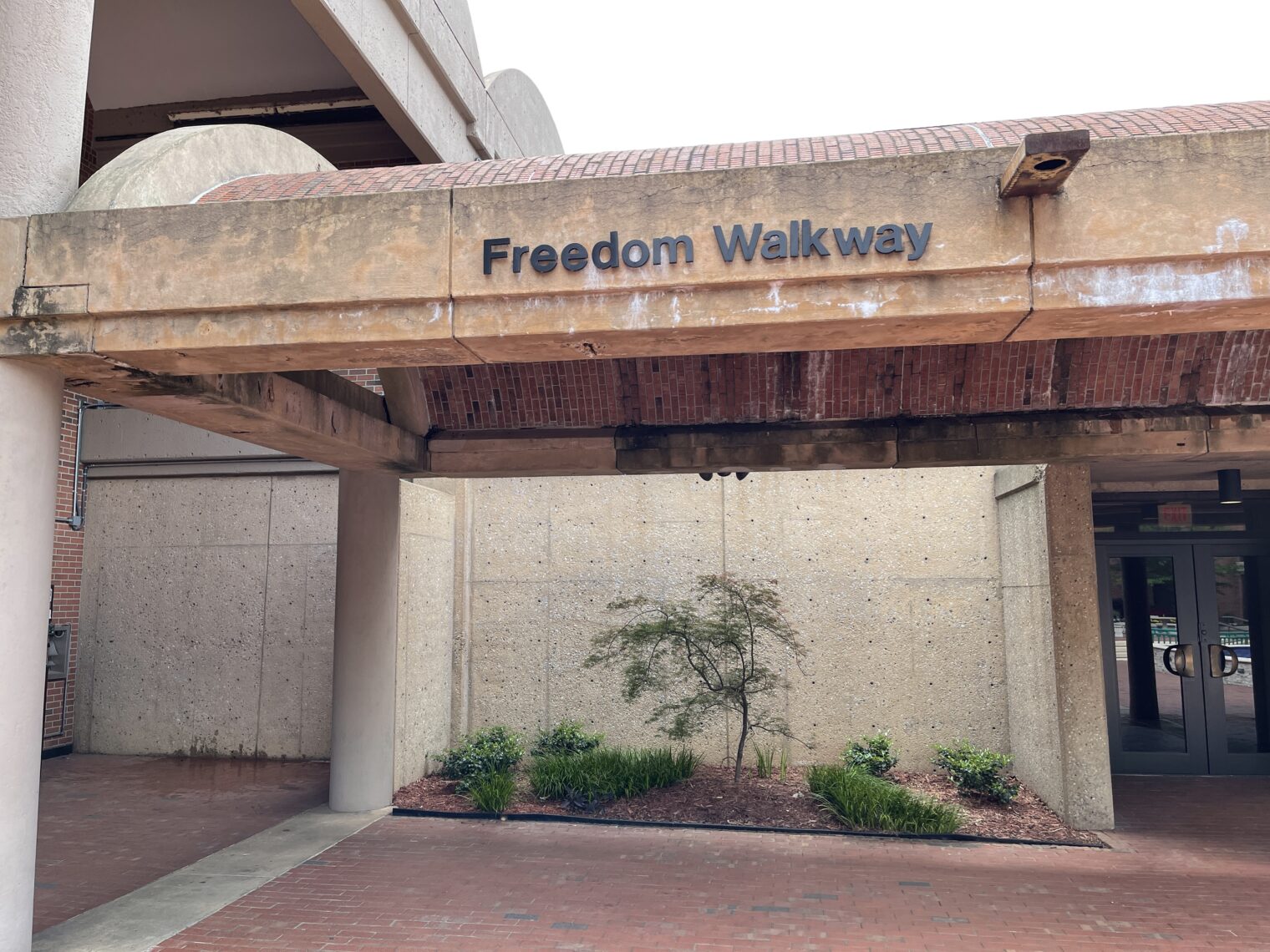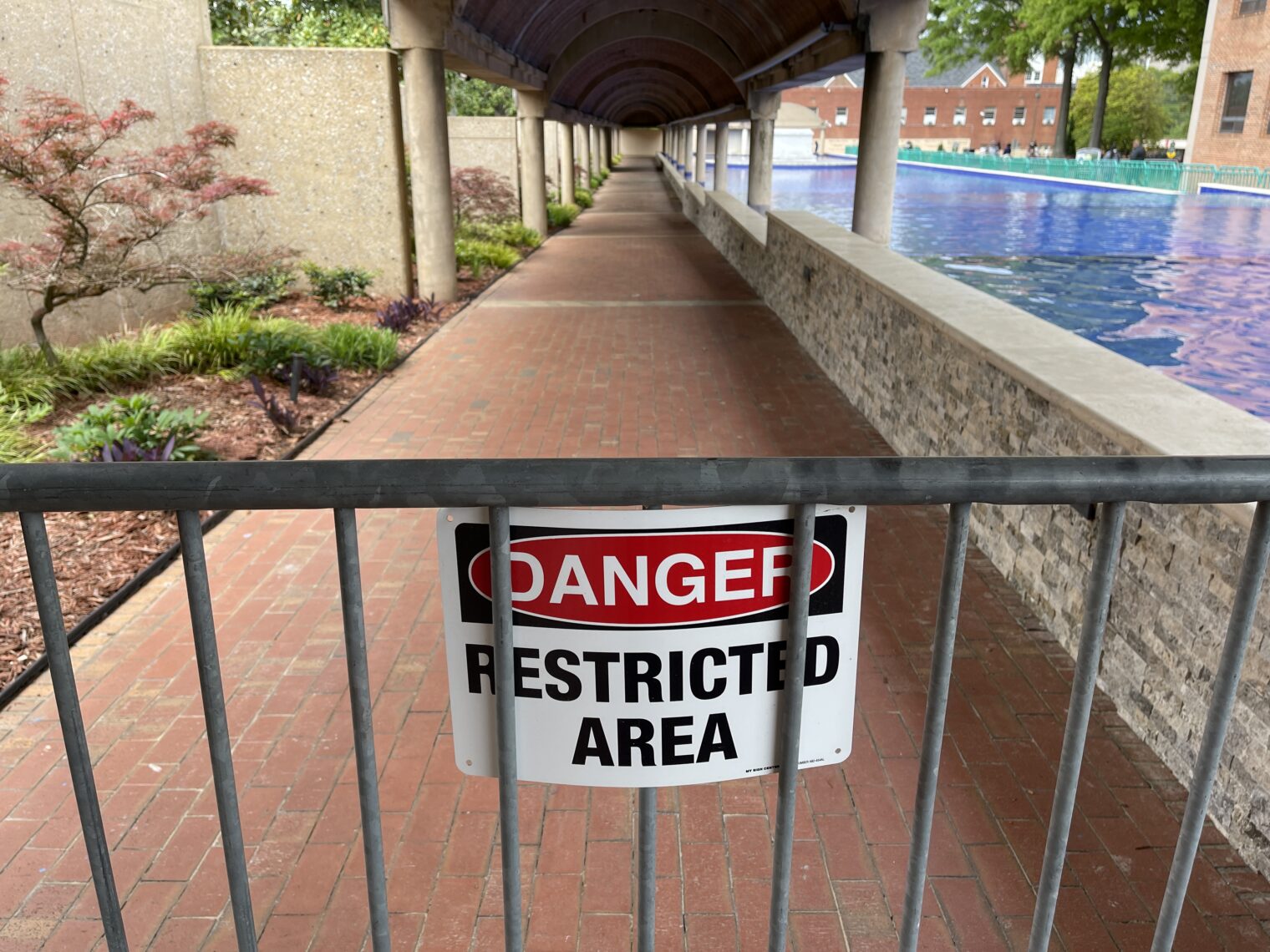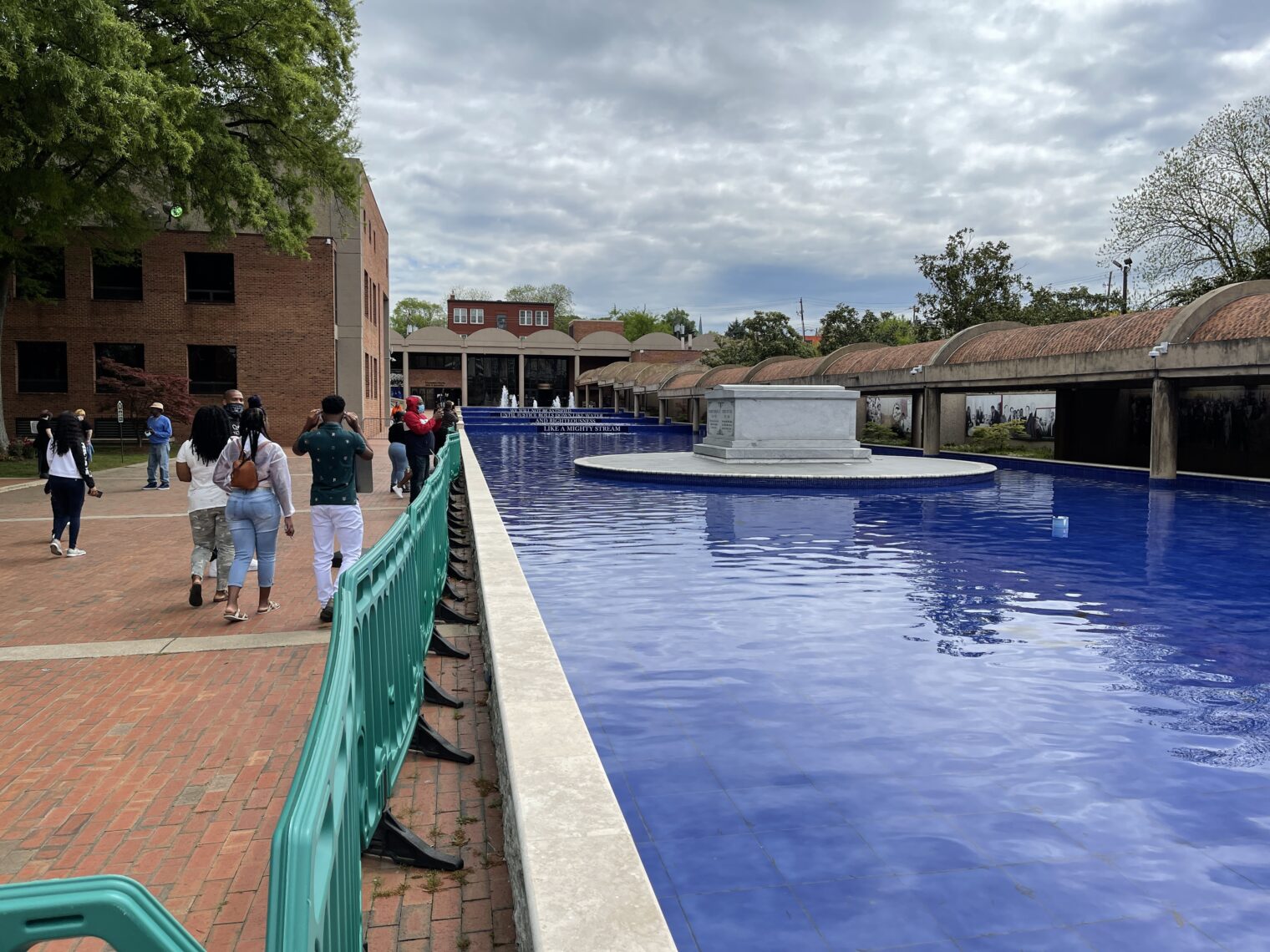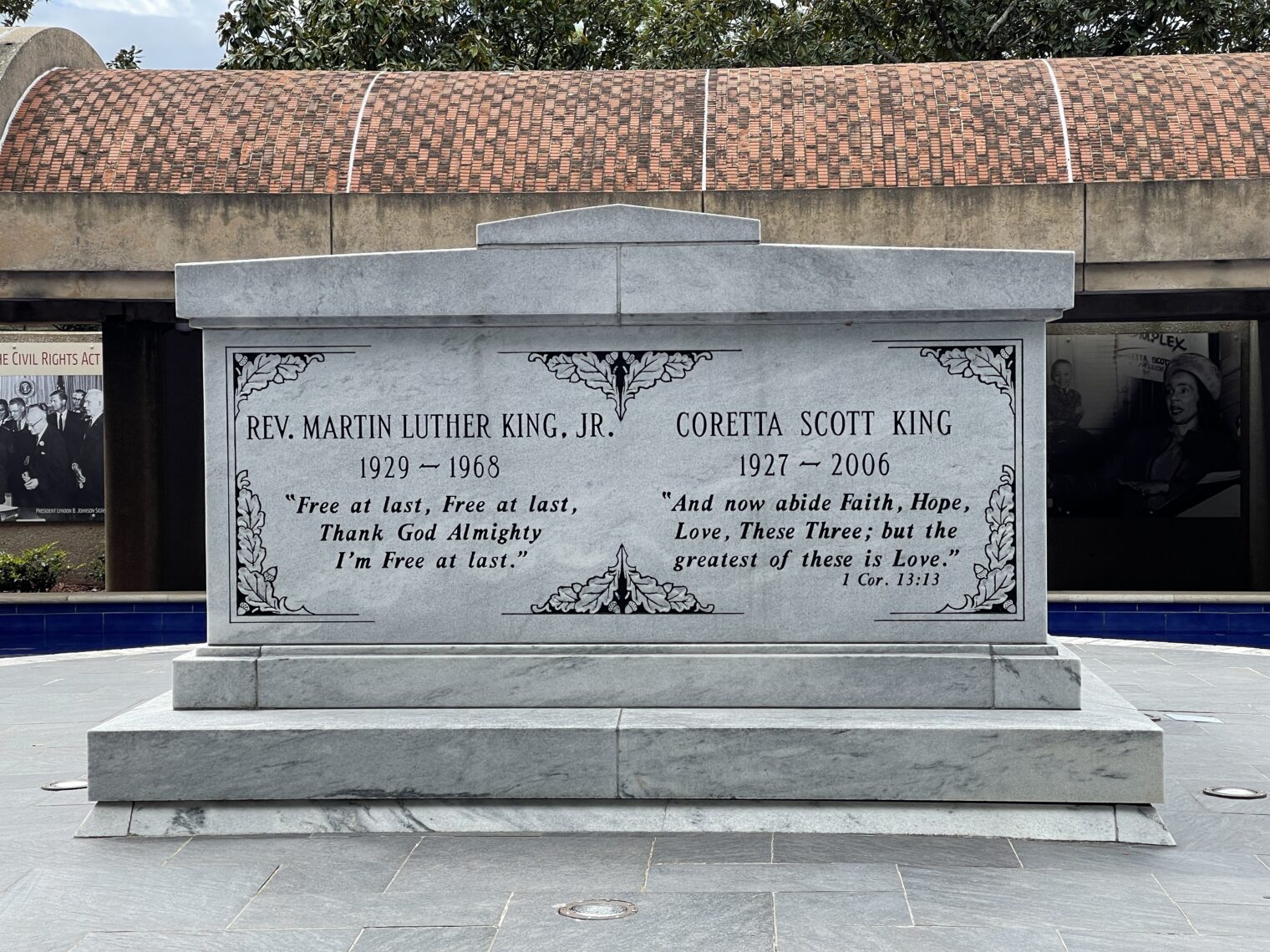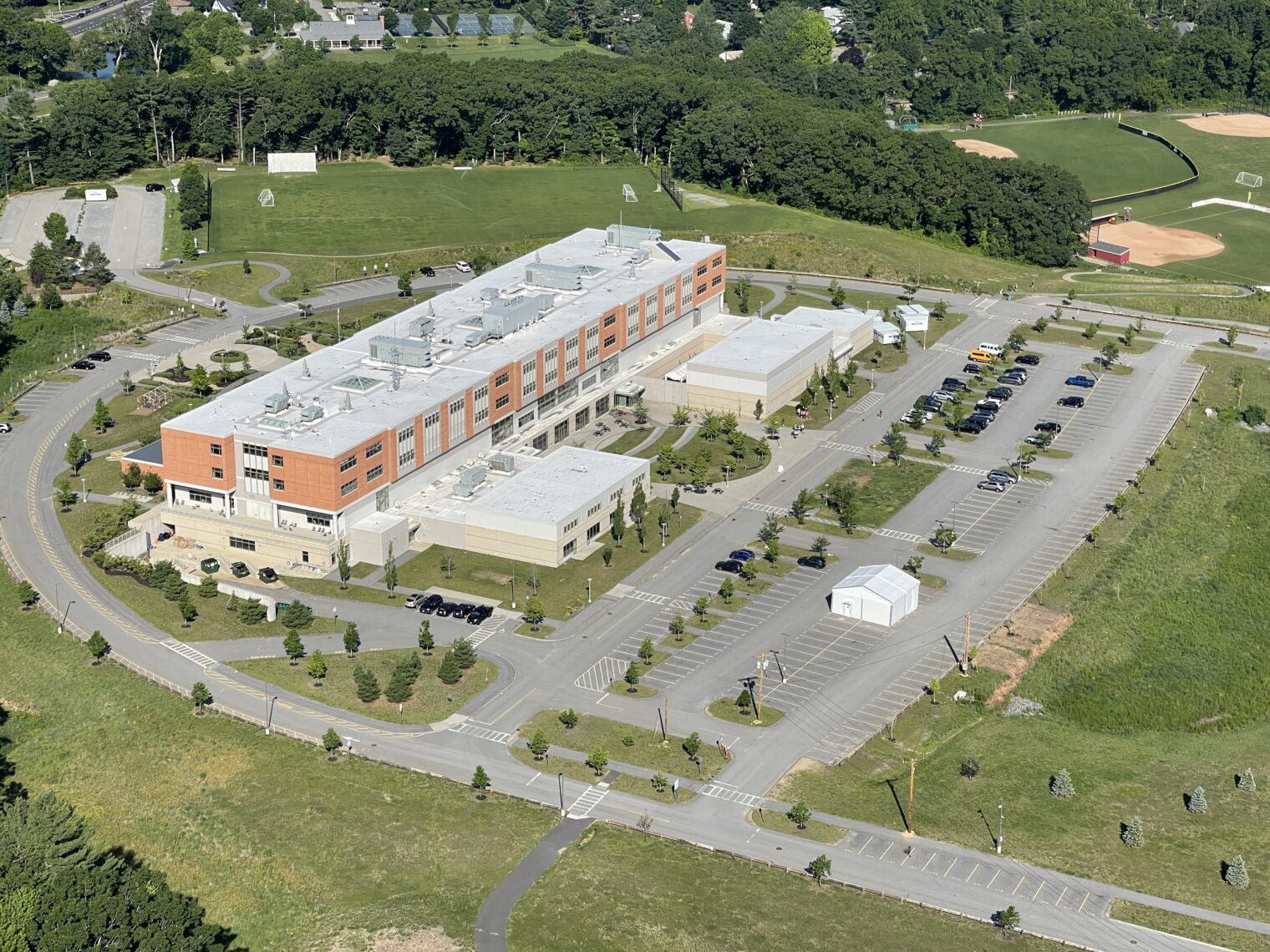Monday morning, Terrific Tiffany and I admit a 59-year-old HIV-positive patient (my first) with coronary artery disease for a pre-syncopal (nearly fainting) episode and chest pain. His Hepatitis C and liver cirrhosis suggest a history of drug use. He presented because of the chest pain and running out of his nitroglycerin sublingual tablets. During the interview, he also reports a two-month history of black tarry stools. Fecal occult stool test is positive, his hemoglobin is 6.4 (normal: 13.5-15; worry: 9; transfuse: 7). Tiffany allows me to put in the basic orders for practice: 2 prbc (packed red blood cells), H&H (hematocrit and hemoglobin tests) q6h (every 6 hours), gastrointestinal consult, cardiology consult, troponin q6h, normal saline at 1.5x maintenance, protonix 40 mg iv q12h, and 2 large bore IVs.
If he is not having an acute GI bleed, his hemoglobin should increase approximately 1 Hg for every 300 mL prbc bag. Six hours later, his hemoglobin result is 8 Hg and his chest pain has resolved.
Diane, Sylvester, and I join for the afternoon Esophagogastroduodenoscopy (EGD) study in the endoscopy (“endo”) suite. Under supervision from a GI attending, the GI fellow makes the scope do a U-turn to look backwards at the stomach. He points out GAVE (gastric antral vascular ectasia; dilated blood vessels in the stomach antrum leading to a “watermelon appearance”). We find three arteriovenous malformations (AVMs, dense collection of friable vessels) in the duodenum. “GI attendings love to pimp on this,” notes the fellow. The attending requests a pediatric colonoscopy scope to go further into the small intestine to investigate the jejunum (middle part of the small intestine, typically found empty in autopsies and therefore derived from the Latin for “fasting”). The fellow struggles to advance the longer endoscope, so the attending takes over and explores another 3 feet of bowel.
We find 2 more AVMs, none bleeding. The endoscope has a sprayer for liquid nitrogen and they use this to freeze off the AVMs. Each of us is then allowed to practice driving the scope from the stomach through the pylorus. Sylvester: “Just like a video game.” Afterwards, I ask the GI attending, “Do you really think AVMs were the cause? Can he do anything so this doesn’t happen again.” GI attending: “We do not know what causes AVMs, but there is a clear relationship with aortic stenosis [AS]. If you cure the aortic valve stenosis, the AVMs go away! He doesn’t have significant AS, so he just has to live with them. He’ll have to come in every few months and get a transfusion. More importantly, his multiple comorbidities would not make him a good candidate for aortic valve replacement.”
During lunch, Boss Bianca goes over the REDUCE (Reduction in the Use of Corticosteroids in Exacerbated COPD; chronic obstructive pulmonary disease, typically from smoking) trial with us. Sylvester and I had prepared by reading up on the REDUCE trial… for prostate cancer. Our discussion was delayed 15 minutes so that we could read the correct “REDUCE” study.
REDUCE investigated whether steroid use could be reduced from the standard of care 14-day course of 40 mg of prednisone to a 5-day course without worsening the estimated 33 percent re-exacerbation rate within 180 days of index hospital discharge. Bianca explains, “Before this trial, you would get 20 different answers about duration and indication of steroid use for patients from 20 different doctors. This was a pivotal trial because it allowed evidence to treat quick-responding patients for only 5 days, but you have to treat the patient until they improve. If they are not improving on day 3, by God, you are not going to stop giving them in two days.”
Sylvester, who struggled in our statistics course, tries to impress Bianca. “I am just a sucker for statistics. I loved how they took the stance of the two groups assessing if they were ‘noninferior’ by using hazard ratios.” Bianca stares blankly and continues, “How might our patient population differ from the study population in Switzerland?” Diane brought up one difference: everyone in the study received antibiotics. “We don’t give antibiotics to every COPD exacerbation so this could be a factor.”
Wednesday call day. We have two rapids in the morning. One page was called for bradycardia (heart rate in the 40s). Bianca decides not to initiate any intervention, as the 75-year-old patient, admitted for hip fracture, is asymptomatic. She had received an extra dose of metoprolol due to miscommunication during the medicine reconciliation on admission; she had already taken her AM metoprolol before coming to hospital. (Our attending, Formal Frank: “This is what happens when we put elderly folk on two or three antihypertensives [amlodipine, HCTZ, and metoprolol for our patient] Have you ever heard of the Osler’s sign for pseudohypertension? No one does it anymore for some reason.” He explains how to perform the quick test to evaluate for falsely elevated blood pressure reading from a cuff due to excessively athersclerotic arteries that cannot compress. “We keep adding antihypertensives to the elderly, and our readings don’t go down until they go down. I want you to perform the test on the next elderly patient we have. Remember: Always ask, What did we do to the patient?”)
Rounds continue after the rapid with Sylvester’s 42-year-old obese female admitted two days ago after a pulmonary embolism. She is on oral birth control [OCP] and has well-controlled hypertension. She was initiated on low molecular weight heparin injections and will be transitioned to an oral anticoagulant for at least three months. Formal Frank: “A serious conversation should’ve been had with this woman several years ago. She is obese with hypertension, all risk factors for DVT, and she is still on OCPs. This could have been prevented, now she has to be on anticoagulation for at least three months, which carries its own side effects. Once again, always ask, ‘What did we do to the patient?'”
Do we need a cardiologist or hematologist consult to manage the pulmonary embolism? “I know the guidelines and studies better than most cardiologists do and feel confident in managing this disease. That’s the beauty of internal medicine, you choose what you are interested in, and get consults for things you are not interested in.” Sylvester and I spend ten minutes with our noses almost touching the screen trying to identify the occluded segmental artery on the CT angiogram without looking at the radiologist report. Sylvester: “Ah, we found it. Look at that wedge!”
Diane follows a 38-year-old overweight diabetic mother with depression and a foot ulcer admitted for a foot amputation. Her son has Down Syndrome. She will have fantastic sugar control for 8 months, but then binge for two months on pizza and soda, possibly due to “caretaker burnout.” Her affect is labile: she was extremely cheerful during pre-rounds, but now she is in tears. Formal Frank: “She’s in denial. Wouldn’t you be if you were about to lose half your foot from a small ulcer?” He continues, “If she wants to walk again, she should get a BKA [below the knee amputation] and begin PT immediately. Evidence is quite clear that the best functional outcome is from a BKA. She is unlikely to walk after this partial foot amputation, but the system doesn’t think that far forward. She’ll be back in a year requiring a BKA so what’s the damage besides a few thousand dollars, right?”
I pick up a 58-year-old patient admitted by the night team. He is admitted for acute hypoxic respiratory distress secondary to congestive heart failure (CHF), undiagnosed COPD, and atrial fibrillation with rapid ventricular response (fast heart rate). Coding for acute hypoxic respiratory distress leads to significantly enhanced revenue.
We discuss his prognosis, and if we should order an echo. The patient is on minoxidil, an old antihypertensive that is seldom used (except topically for baldness). He is also not on any CHF medications, e.g., a beta blocker or an ACE (angiotensin-converting enzyme) inhibitor, that have a survival benefit. Formal Frank asks the team to check the chart for the name of the patient’s outside private cardiologist. “Ah, well I assure you he has had an echo in the last six months. Anything this guy can bill before the end of his patients’ life.” Sure enough, after several hours on the phone we get his outside records faxed showing echos and carotid duplex studies every six months. Although we typically do not make major changes to medications prescribed by outpatient doctors, we discontinue the modafinil and begin beta blocker and ACE inhibitor.
This patient exemplifies the dangers of overspecialization in healthcare. The patient does not see a general internist. His (mediocre) cardiologist is essentially his primary care doctor. The cardiologist ignores everything except cardiac issues. So there are great images documenting the continued ejection fraction decline, but he is not even on the simplest albuterol inhaler for COPD. Most of the problems likely originate from the patient’s uncontrolled COPD. Over several years this leads to pulmonary hypertension, thereby leading to CHF and atrial fibrillation. We perpetuate the specialization blinds by placing an outpatient consult to pulmonology to manage his COPD rather than a consultation with a general internist. Part of this is due to insurance, Medicaid, and Medicare realities. The specialist can bill far more for the same management that could be provided by an internist, thus reducing internists to a screening function.
The nurses don’t like Sylvester’s patient, admitted for alcohol withdrawal. She and her husband have moved into the hospital. There are suitcases strewn across the room, with clothes on the floor marking a path to the hallway, despite pestering from nurses that these make it harder for them to use the blood cuff, CPAC, and other machines. Security was called after a fight over mealtimes. The patient is medically stable for discharge, but requests the ride home to which she is entitled. The social worker informs us that there are no more “Medicaid taxis” available for the afternoon. Boss Bianca: “We should’ve gotten our discharge note signed earlier. No reason to waste a whole bed for one more night.” She orders a $15 Uber on her own account to pick the couple up. The nurses cheer.
I get out around 4:00 pm on Friday. I meet Jane’s two college friends at a local brewery. Her best friend is still using U.S. student loans to complete her master’s degree in New Zealand, primarily as a way of staying in the country to be with her boyfriend. She’s writing a thesis on “sex workers” and explains the power dynamics between workers and cultural oppression.
She cites Jane’s other friend at the table as an example of a “forgotten sex worker” because she’d been hugged while working as a waitress in a small-town diner. “This older gentleman who was the diner’s best customer would expect a hug from all the younger female employees. These are the forgotten sex workers oppressed by cultural norms that I am writing about.”
[Editor: In February 2019, the New York Times covered an incident involving commercial sex at a Florida strip mall. The (undocumented) immigrant women working there were described as “prostitutes.” Native-born women working in the same industry, however, were described in previous articles as “sex workers” (example).]
We are joined for dinner by Lanky Luke and PA wife Sarcastic Samantha, and Jane’s sister and her veteran boyfriend for dinner. Jane’s sister has been completing the 22-pushup challenge for veteran suicide awareness, posting a daily Facebook video to increase awareness that an average of 22 veterans kill themselves daily. Her boyfriend was initially supportive, but now is concerned about creating a stereotype that the typical veteran is suicidal. “Few of the veteran suicides were combat veterans from Afghanistan and Iraq. They are Vietnam vets, most of whom didn’t see a day of combat. This whole PTSD phenomenon has been hijacked by non-combat vets trying to get on disability. It takes away resources from the people who actually struggle.
Full post, including comments


